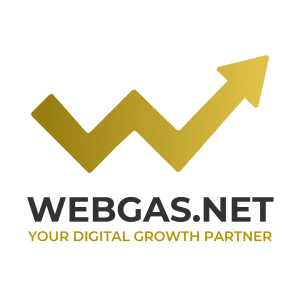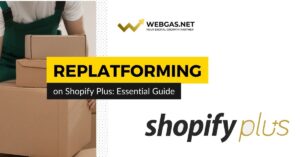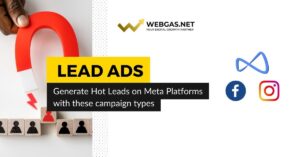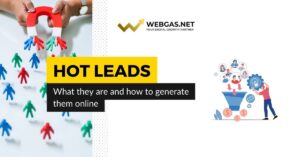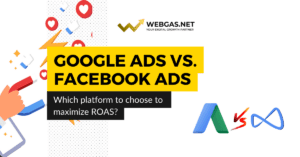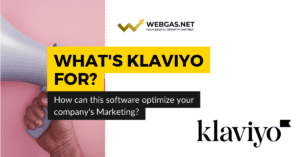Introduction
It is estimated that about 98 percent of users who land on an e-commerce landing page for the first time do not convert immediately for a host of different reasons. A good e-commerce has a conversion rate close to 2%, although this varies from industry to industry.
From the perspective of Conversion Rate Optimization (CRO), advertising remarketing therefore plays a key role: in fact, it is estimated that 7 out of 10 people who add a product to the shopping cart do not complete the purchase , but up to 60 percent of them are recoverable with suitable advertising remarketing strategies.
For simplicity in this article we will talk about remarketing referring to the e-commerce business, but it is a concept that can logically be extended to lead generation activities as well.
If you are not yet an expert in the field, one question is probably running through your head right now: ”but what is meant by Remarketing?” Let’s discover together the meaning of Remarketing.
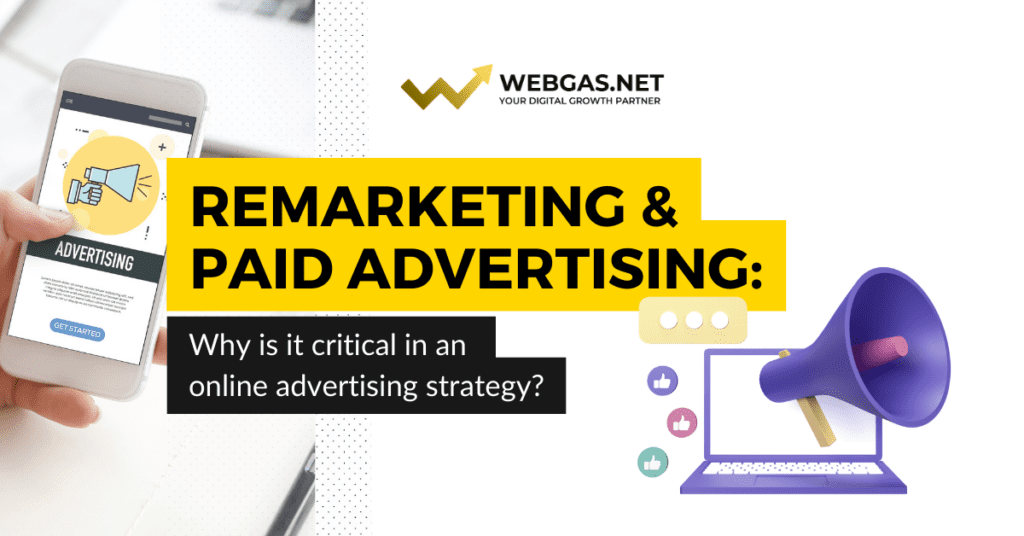
Remarketing Concept
Remarketing, in the context of Paid Advertising, simply means. The activity of showing advertising or promotional content to users who have already interacted with one of our content (ex: social posts, advertisement etc.) or property (website, app, social profio etc.) and who are therefore already familiar with our brand and the features of our offerings.
Generally, this target group of users, depending also on the intensity of the number of interactions, allows achieving higher conversions (purchases) at lower costs.
For example, a user who added a product to a shopping cart but did not purchase has a different potential value than a user who simply interacted with a Facebook post.
Similarly, a user who has already purchased from our online store (customer) will have a higher value than users who, although close to converting, have never done so.
This is, however, a ”hot” audience, meaning potentially closer to conversion than a user interacting with our business for the first time.
Remarketing in a Full-Funnel Strategy
Within a ”Full-Funnel” online advertising strategy, remarketing activity plays a key role because it allows you to maximize the value of conversions, increase the conversion rate and generate higher returns on advertising investments.
Recalling that an Advertising Funnel typically is understood to be divided into four phases(Prospecting, Re-Engagement, Retargeting and Retention), Remarketing as defined above is present in three of the four phases mentioned above: Re-Engagement, Retargeting and Retention.
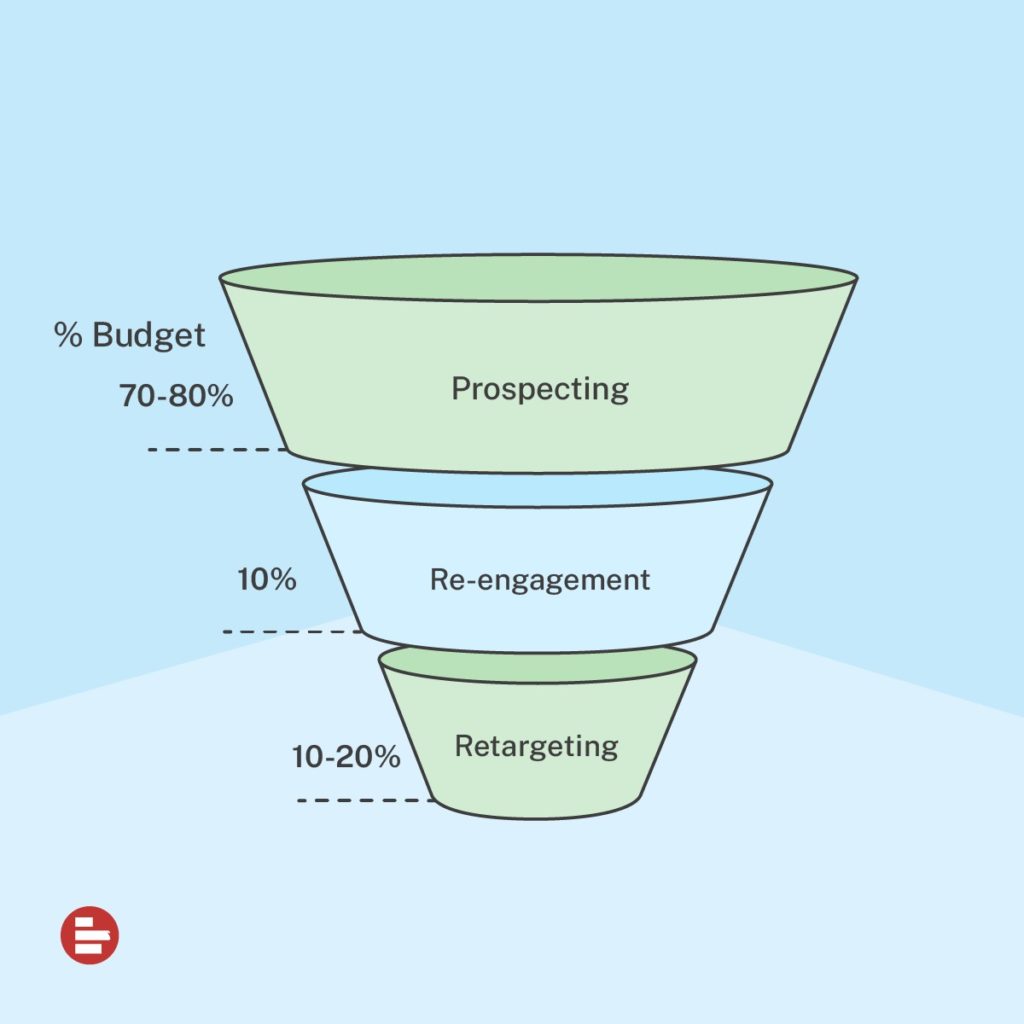
In the Re-engagement phase (Middle of the Funnel), remarketing is implemented toward a ”warm” audience, i.e., an audience that has interacted with one of our content but has not come any closer to final purchase conversion. An example might be the set of users who interacted with one of our social posts or visited generic pages of one of our websites, such as the home-page. In this case, therefore, the goal of remarketing messages is to stimulate this ”warm” audience in such a way as to put in place an action that actually brings them closer to the desired final conversion
In the Re-targeting phase (Bottom of the Funnel), remarketing is implemented towards a ”hot” audience, i.e., an audience that has interacted with our content or website much more strongly than in the previous phase, such as adding a product to the cart (without purchasing) or who sent a private message on social media or to corporate customer care. Thus, this is a cluster of users that is very close to conversion, and remarketing advertisements at this stage aim to give that final push that leads the user to become an actual customer, completing the purchase.
Typically, the three phases of Prospecting, Re-engagement and Re-targeting in a conversion funnel aim to ”accompany” a user who does not initially know our brand to become a customer. However, a proper conversion funnel does not end at the third stage but includes an extremely important fourth stage to keep the business profitable, that of Retention.
This is an important step because it stimulates our customers to make a second/third/fourth..purchase from our store, increasing their Life-Time Value (LTV), or the revenue generated by that customer over time.
Remarketing carried out at this stage has precisely the goal of increasing customer retention, that is, the customer’s purchasing loyalty to our brand, which is crucial for market success in the long run. Moreover, authoritative studies have long since shown that the conversion of one of our existing customers is much less expensive than the conversion of a user who has never purchased from us and who a 5 percent increase in customer fidealization rate generates an average increase in revenue of 25 to 95 percent. The impact of a proper customer retention strategy can therefore be truly vital to a business, and remarketing at this stage plays a leading role.
Retention is all the more important the higher the purchase frequency of our products. An example is the following chart taken from Shopify, where categories with different purchase frequencies are compared:
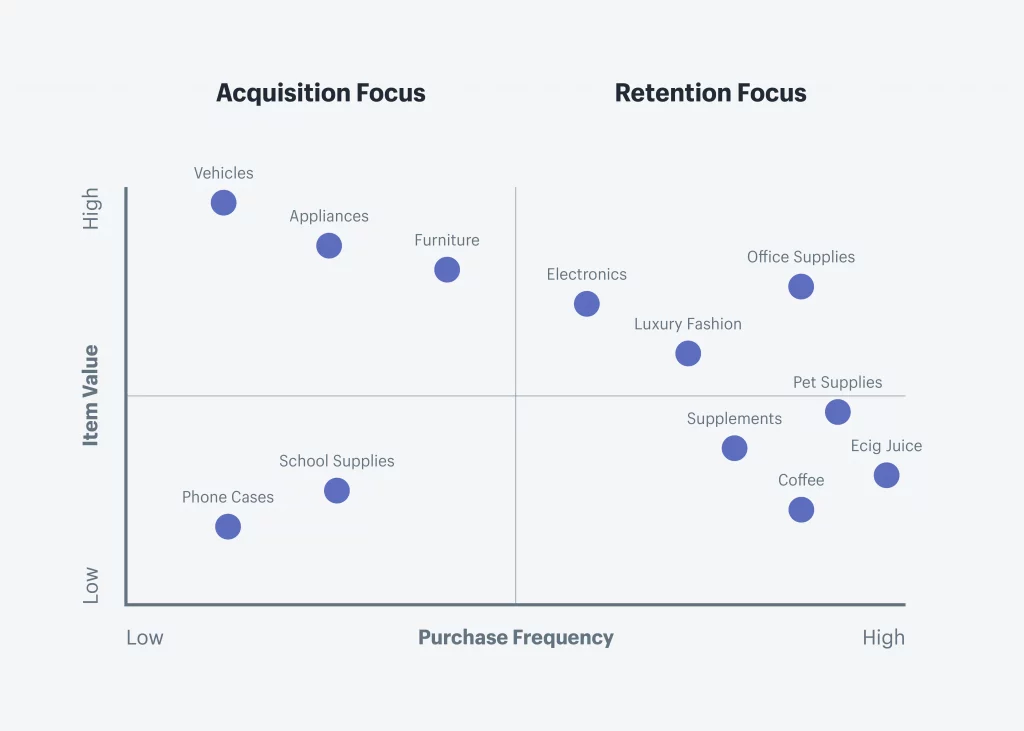
The lower the purchase frequency of the product, the less vital the retention strategy. Conversely, the more frequently products are purchased over time then the more important it will be to build customer loyalty.
Facebook Remarketing and Google Ads Remarketing
Considering the two main advertising channels that currently exist in terms of the amount of advertising investment and number of advertisers, namely Meta (Facebook) and Google, let us analyze the different ways of remarketing that we have at our disposal on these platforms.
Facebook Remarketing
On Facebook, you can basically create two types of remarketing campaigns: static and dynamic.
- Static remarketing campaigns allow showing a custom audience created in the platform advertising content created by us specifically, stimulating the user to accomplish the goal defined at the campaign setup level (e.g., purchase or lead generation).
- Dynamic remarketing campaigns, on the other hand, are only available to businesses that have a product catalog and show a defined cluster of users, dynamically precisely, the products with which they interact within our store. If you would like to explore this topic further, know that I have already discussed dynamic listings in this article.
In order to create effective remarketing campaigns on Meta channels, the following steps are binding:
1) Install the Meta Pixel within the Web site and/or the SDK within our eventual App.
2) Set up Pixel and/or SDK events critical to your business, from which you can then create custom ad hoc audiences. Example: by setting the Purchase event, it will be possible to create custom audiences of those who have purchased at least one product in a defined time frame.
3) Create appropriatecustom audiences (custom audiences) in platform, to be used as targets for our advertising messages. Different types of custom audiences can be created from different sources internal (Meta Sources) or external (Your Sources) to the platform.
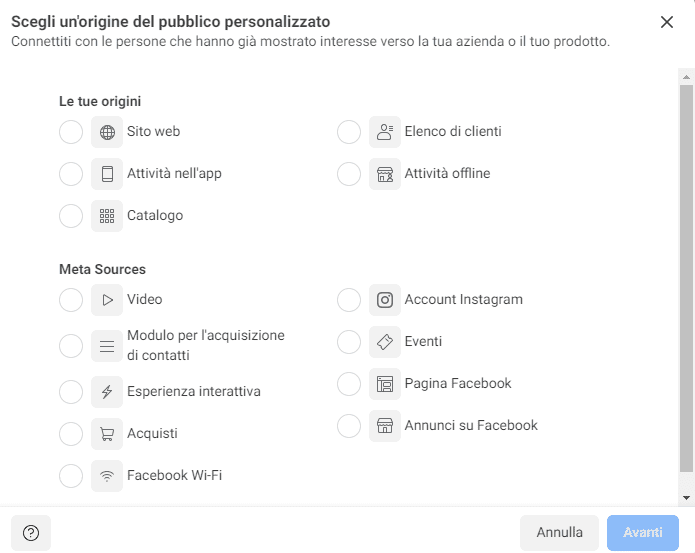
4) Select the appropriate campaign objective: typically Conversions for static remarketing ads aimed at purchase and Catalog Product Sales for dynamic remarketing ads (DPA).
Google Remarketing
Remarketing campaigns can also be created on Google ‘s advertising channel. Through so-called ”tracking cookies, ” Google tracks users’ actions within a website for up to 540 days. Similar to what happens with the Meta pixel, by tracking users’ main actions it will then be possible to segment them into clusters based on the main and strategic events for our business (e.g., purchase, adding to cart, filling out a contact form etc.).
There are several ways on Google to remarket to a defined audience segment:
- Static or dynamic remarketing through Google Display campaigns: through the huge Display network available to Google, it is possible to show static and dynamic banner ads to an audience that has already interacted with our website or app. In the case of dynamic remarketing, it is necessary to have a product feed loaded within the Google Merchant Center.
- Automated Rem arketing via Performance Max Campaigns: with the introduction of Google’s latest Performance Max campaigns, remarketing is made even easier by being automated by Google’s artificial intelligence. PMax are campaigns that allow advertisers to access the entire inventory offered by Google Ads through a single campaign: it will therefore be possible with a single PMax campaign to show our ads on all Google networks (display, search, video, discover etc.) with an automated distribution directly from Google’s evolved algorithms. Both the Prospecting and Remarketing phases are handled automatically within the individual PMax campaign.
- Remarketing via Video campaigns: Remarketing campaigns can be created by leveraging Google’s YouTube channel in such a way as to show advertisements in the form of videos in one of several formats made available.
- Remarketing Lists for Search Network Ads (RLSA): Intended as remarketing for Google’s Search network, it allows us to show search ads to users who have already interacted with our website. In this way, search ads are personalized as such users perform their searches on Google and partner sites.
In order to carry out remarketing campaigns on Google, the following binding actions must be put in place:
1) Enable conversion tracking on Google Ads andinstall the remarketing tag on the website.
2) Create remarketing target audience segments on Google Ads or Google Analytics. It is possible to create segments using our website as the main source (e.g.: users who added a product to the cart but did not purchase, users who purchased at least one product etc..) or a list with customer information(Customer Match).
3) Choose the Google Ads campaign and select the desired remarketing audience as the target.
The benefits of remarketing in a paid advertising strategy
Having conceptually defined the meaning of remarketing, it is necessary to define what benefits make it essential within an online advertising strategy. Let’s look at some of the most important ones:
1) Personalization of communication: through remarketing and user tracking we are able to communicate with different clusters of them in a highly personalized way, increasing the relevance and effectiveness of our communication .
For example: communicating with a user who has never purchased one of our products is definitely a different thing than communicating with one of our customers, who may have already purchased several times from our store.
Relevant and personalized advertising messages are one of the main benefits of online advertising, made possible by user tracking and resulting remarketing campaigns.
2) Remarketing gives a decisive boost to revenue and ROAS: Generally, the Prospecting phase does not generate attractive sales and ROAS, as the advertising messages are aimed at a cold audience that typically needs time and more incentive to be convinced to purchase (especially if high average receipt products are involved).
And it is the next phase, remarketing, that gives a major boost to sales and consequently to the revenue and ROAS of a campaign, going to stimulate toward conversion users who in the previous phase have shown some interest in our products or services.
If you have already managed ecommerce advertising funnels you can testify to it yourself: remarketing campaigns are the ones that generate the most sales and highest ROAS, reasoning that they are the ones that have the highest advertising costs on the various platforms being the competition between advertisers fierce.
3) Remarketing is also important for brand awareness: not only tangible conversions, which remain the central goal for remarketing campaigns, but they also generate benefits for increasingawareness andknowledge of abrand.
In fact, remarketing advertising messages expose the brand more to the target audience, and personalized communication increases brand associations in their minds.
4) It is possible to segment audiences in infinite ways: online advertising platforms allow advertisers to create customized audiences by combining filters and events in a multitude of ways, thus it is possible to create ”infinite” clusters of users to whom relevant advertising messages can be shown .
For example: you can segment customers based on the number of times they have purchased from our website or still segment users based on the minimum time spent on our app etc. There is no limit to imagination here, however be sure to create sufficiently large clusters of users so that the platforms can effectively distruibute the advertising message: for example, a cluster of 100 users is rather small in size and may perform poorly.
Conclusions
After reading this article, I imagine you will have understood the importance of this type of campaign and why they are a must in an online advertising strategy.
If you run an e-commerce or lead generation business and want to implement a conversion funnel that generates satisfactory results, rely on WebGas. On a daily basis, we run remarketing campaigns and more for our Italian and international clients on various platforms.
Read our case studies and request an initial strategic meeting with our team members.

